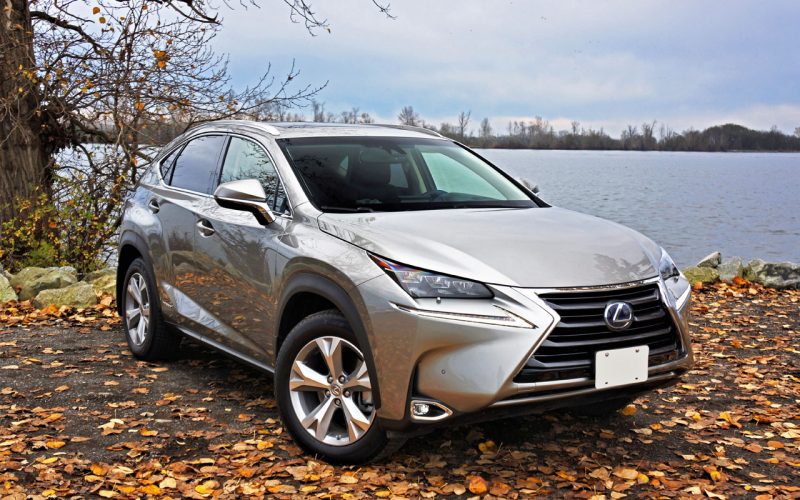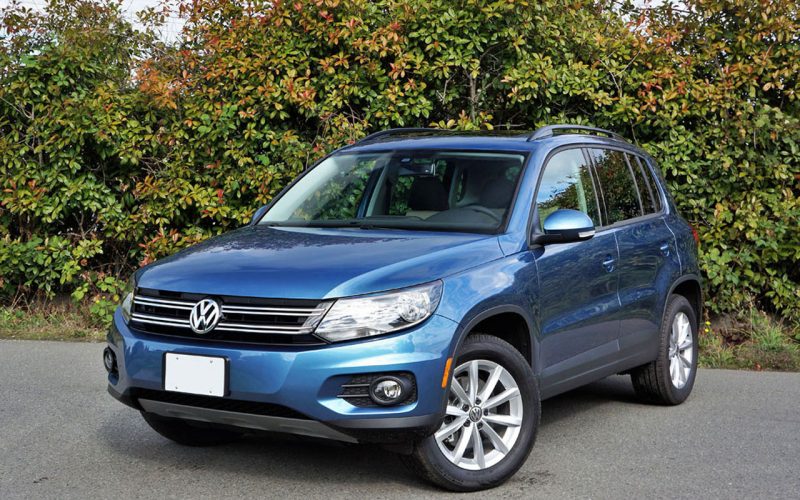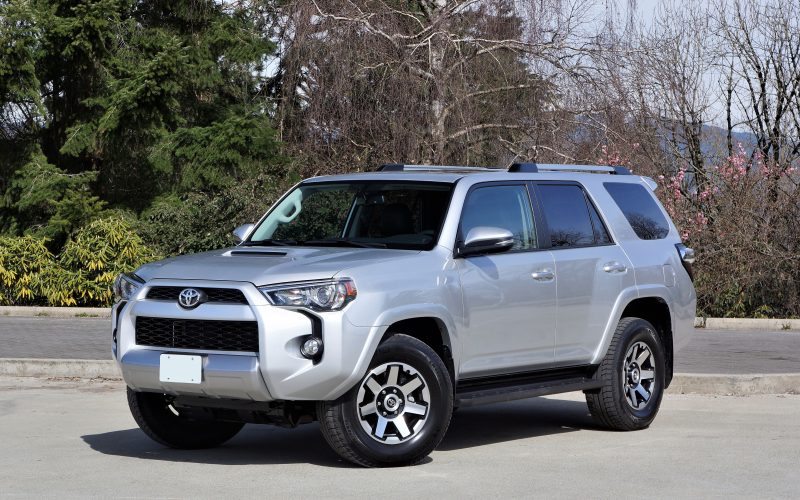
Reading Time: 6 minutesAmazingly, Lexus went from having nothing in the compact luxury SUV segment throughout most of 2014

Reading Time: 5 minutesVolkswagen will soon replace its Tiguan compact SUV with a newer and larger version, which should

Reading Time: 5 minutesToyota’s latest 2017 4Runner is in our garage this week, and this particular example is one